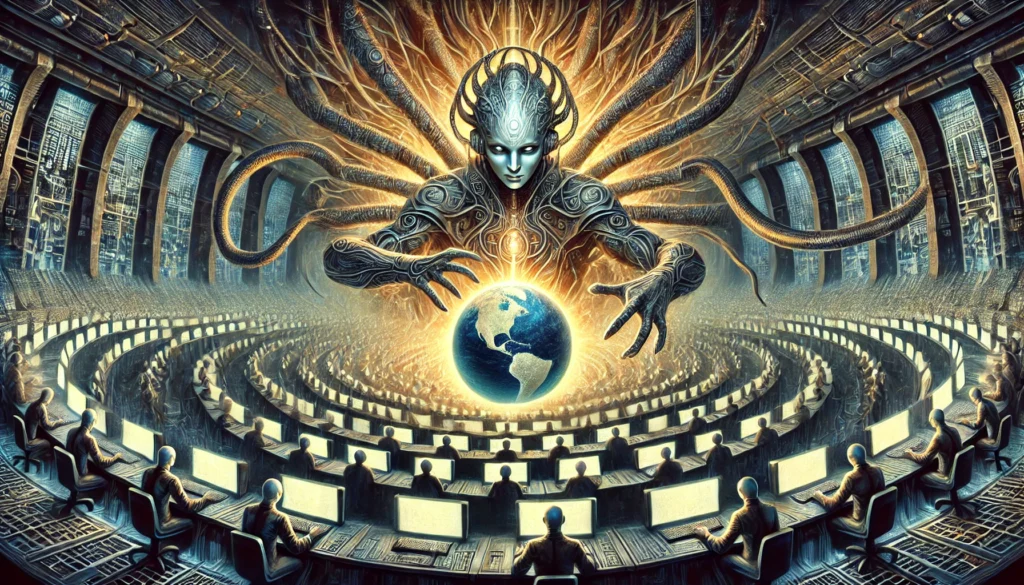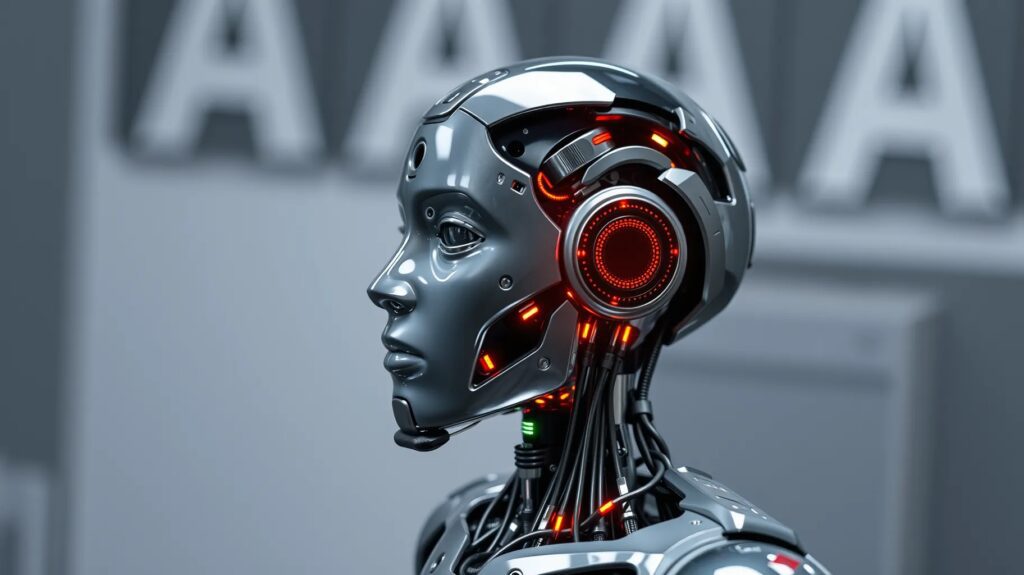
The rapid advancement of AI technologies has transformed many aspects of our lives, from personalized recommendations to automated decision-making. However, a recent incident involving a German journalist in Tübingen has cast a shadow on the potential dangers of relying too heavily on AI systems without proper oversight.
The Incident: A Devastating Mistake
In a shocking turn of events, an AI chatbot mistakenly identified a journalist as a child molester. The journalist, known for his work in the Tübingen region, suddenly found himself at the center of a public storm. The accusation was not only false but also had devastating consequences for his reputation and career.
AI-driven technologies are often seen as objective and reliable, but this incident serves as a stark reminder that they are far from infallible. The chatbot, designed to process and disseminate information, made an error that led to severe reputational damage for the journalist. The fallout was immediate, with the journalist facing significant public backlash and even potential legal consequences due to the erroneous identification.
This violates my human dignity in the most serious way.
— Martin Bernklau, journalist from Tübingen (Germany)
The Consequences: Reputational Damage and Legal Fallout
The consequences of this mistake were not just limited to online backlash. The journalist’s professional and personal life were upended. In the digital age, where information spreads like wildfire, such a grave error by an AI system can have irreversible impacts. The journalist may face long-term difficulties in restoring his reputation, even after the mistake is corrected.
Moreover, there is the potential for legal consequences. The incident raises questions about who is liable when an AI system makes such a damaging error. Is it the developers who created the system, the organizations that deploy it, or the users who trust its outputs? This case could set a precedent for how legal systems worldwide handle AI-related defamation.
The Ethical Dilemma: Responsibility and Accountability in AI
The Tübingen incident has sparked a broader debate about the ethical responsibilities of AI developers and users. AI systems are powerful tools, but they are also prone to errors, especially when dealing with complex and sensitive tasks such as identifying criminal behavior.
One of the key issues is the lack of oversight and verification in the deployment of AI systems. In the rush to innovate, there is a tendency to overlook the potential risks and consequences of these technologies. The incident underscores the need for stricter guidelines and regulations to ensure that AI systems are used responsibly.
Developers must be more vigilant in ensuring their algorithms are accurate and that they include fail-safes to prevent such catastrophic errors. Additionally, users of AI systems must be educated about the limitations and potential pitfalls of these technologies. Blind trust in AI can lead to dangerous outcomes, as this case clearly demonstrates.
The Human Cost: The Real-World Impact of AI Errors
Beyond the technical and ethical discussions, it’s important to recognize the human cost of AI errors. The journalist in Tübingen is not just a victim of a technological glitch; he is a person whose life has been deeply affected by this mistake. The emotional and psychological toll of being wrongly accused of such a heinous crime cannot be overstated.
This incident serves as a powerful reminder that while AI can process data and make decisions at unprecedented speeds, it lacks the nuance and understanding that human oversight can provide. The stakes are particularly high when it comes to issues that can destroy lives and careers.
Moving Forward: The Need for a Balanced Approach
As AI continues to evolve and integrate into more aspects of our lives, it’s crucial to adopt a balanced approach to its development and use. This means acknowledging both the potential benefits and the risks.
Governments and regulatory bodies must step in to create frameworks that ensure AI systems are developed and used ethically. This includes implementing standards for accuracy, transparency, and accountability. Developers must also prioritize these aspects during the design phase, building in checks and balances that prevent errors from having such devastating consequences.
At the same time, society must remain cautious and critical of the growing reliance on AI. While these technologies offer incredible capabilities, they are not a substitute for human judgment. The Tübingen incident is a wake-up call that reminds us of the limitations of AI and the importance of maintaining human oversight in all processes involving sensitive information.
Conclusion: Lessons Learned from the Tübingen Incident
The tragic mistake in Tübingen is more than just a cautionary tale; it’s a call to action for everyone involved in the development and use of AI. AI technologies hold immense promise, but without the right safeguards, they can cause significant harm.
This incident highlights the urgent need for greater accountability in AI, more robust oversight mechanisms, and a societal shift towards a more informed and cautious use of these powerful tools. Only by addressing these challenges head-on can we hope to harness the benefits of AI while minimizing its potential risks.
FAQs
How can AI mistakes affect individuals?
AI mistakes can lead to defamation, loss of reputation, legal issues, and emotional distress for the affected individuals.
What causes AI to make such significant errors?
Significant AI errors are often caused by biased or flawed data, algorithmic issues, or insufficient human oversight during AI deployment.
Can AI be held accountable for its mistakes?
Currently, AI systems themselves cannot be held accountable; responsibility typically lies with the developers, organizations, or legal entities that deploy and manage the AI.
How can we prevent AI from making harmful errors?
Preventing harmful AI errors requires rigorous testing, transparency, ethical guidelines, and incorporating human oversight into the AI development process.
What legal recourse does someone have if they are wrongly accused by AI?
Individuals wrongly accused by AI may seek defamation lawsuits, demand retractions, or pursue remedies under privacy laws, depending on the jurisdiction.
Why do AI systems sometimes make catastrophic errors?
Catastrophic AI errors occur due to biases in training data, flawed algorithms, or a lack of contextual understanding that a human would normally provide.
How common are AI errors like this?
AI errors in high-stakes situations, while not extremely common, are becoming more noticeable as AI usage expands into sensitive areas like law enforcement and media.
What steps are being taken to address AI biases?
To address AI biases, researchers are developing fairer algorithms, diversifying training data, and implementing strict ethical guidelines and monitoring practices.
Can AI mistakes like this be completely eliminated?
While it’s unlikely that AI mistakes can be entirely eliminated, they can be significantly reduced through better data practices, continuous monitoring, and human oversight.
How does AI bias develop?
AI bias often develops from training on datasets that reflect existing societal biases or from using unbalanced or inadequate datasets, leading to skewed decisions.
Who is responsible when AI makes a mistake?
Responsibility usually falls on the developers, companies, or institutions that created or deployed the AI system. There is ongoing debate about how to establish clear accountability frameworks for AI errors.
What are the broader implications of AI errors in society?
AI errors can erode public trust in technology, create significant legal and ethical challenges, and impact privacy, security, and human rights.





